10 Free Machine Learning Courses from Top Universities
FEBRUARY 2, 2023
Learn the basics of machine learning, including classification, SVM, decision tree learning, neural networks, convolutional, neural networks, boosting, and K nearest neighbors.
This site uses cookies to improve your experience. To help us insure we adhere to various privacy regulations, please select your country/region of residence. If you do not select a country, we will assume you are from the United States. Select your Cookie Settings or view our Privacy Policy and Terms of Use.
Cookies and similar technologies are used on this website for proper function of the website, for tracking performance analytics and for marketing purposes. We and some of our third-party providers may use cookie data for various purposes. Please review the cookie settings below and choose your preference.
Used for the proper function of the website
Used for monitoring website traffic and interactions
Cookies and similar technologies are used on this website for proper function of the website, for tracking performance analytics and for marketing purposes. We and some of our third-party providers may use cookie data for various purposes. Please review the cookie settings below and choose your preference.

FEBRUARY 2, 2023
Learn the basics of machine learning, including classification, SVM, decision tree learning, neural networks, convolutional, neural networks, boosting, and K nearest neighbors.

Data Science Dojo
JULY 15, 2024
By understanding machine learning algorithms, you can appreciate the power of this technology and how it’s changing the world around you! Predict traffic jams by learning patterns in historical traffic data. Learn in detail about machine learning algorithms 2.
This site is protected by reCAPTCHA and the Google Privacy Policy and Terms of Service apply.

Towards AI
MAY 1, 2024
Created by the author with DALL E-3 R has become very ideal for GIS, especially for GIS machine learning as it has topnotch libraries that can perform geospatial computation. R has simplified the most complex task of geospatial machine learning. Advantages of Using R for Machine Learning 1.

Pickl AI
JANUARY 21, 2025
Summary: Machine Learning algorithms enable systems to learn from data and improve over time. Key examples include Linear Regression for predicting prices, Logistic Regression for classification tasks, and Decision Trees for decision-making.

Data Science Dojo
MAY 27, 2024
A visual representation of generative AI – Source: Analytics Vidhya Generative AI is a growing area in machine learning, involving algorithms that create new content on their own. This approach involves techniques where the machine learns from massive amounts of data.
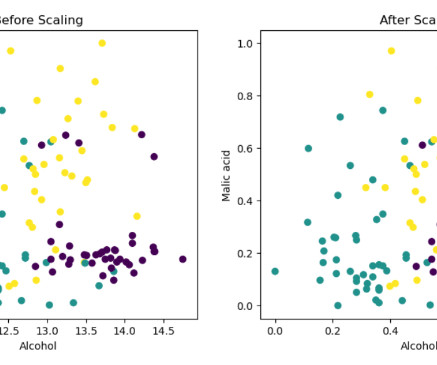
Data Science Dojo
FEBRUARY 14, 2024
These features can be used to improve the performance of Machine Learning Algorithms. In the world of data science and machine learning, feature transformation plays a crucial role in achieving accurate and reliable results.

Dataconomy
MARCH 4, 2025
Data mining is a fascinating field that blends statistical techniques, machine learning, and database systems to reveal insights hidden within vast amounts of data. Businesses across various sectors are leveraging data mining to gain a competitive edge, improve decision-making, and optimize operations.

Towards AI
APRIL 7, 2024
Created by the author with DALL E-3 Statistics, regression model, algorithm validation, Random Forest, K Nearest Neighbors and Naïve Bayes— what in God’s name do all these complicated concepts have to do with you as a simple GIS analyst? You just want to create and analyze simple maps not to learn algebra all over again.

Towards AI
JULY 3, 2024
The competition for best algorithms can be just as intense in machine learning and spatial analysis, but it is based more objectively on data, performance, and particular use cases. For geographical analysis, Random Forest, Support Vector Machines (SVM), and k-nearest Neighbors (k-NN) are three excellent methods.

Towards AI
JULY 15, 2024
R has become ideal for GIS, especially for GIS machine learning as it has topnotch libraries that can perform geospatial computation. R has simplified the most complex task of geospatial machine learning and data science. Author(s): Stephen Chege-Tierra Insights Originally published on Towards AI.

Towards AI
APRIL 4, 2024
Created by the author with DALL E-3 Machine learning algorithms are the “cool kids” of the tech industry; everyone is talking about them as if they were the newest, greatest meme. Amidst the hoopla, do people actually understand what machine learning is, or are they just using the word as a text thread equivalent of emoticons?

IBM Journey to AI blog
DECEMBER 20, 2023
Machine learning (ML) technologies can drive decision-making in virtually all industries, from healthcare to human resources to finance and in myriad use cases, like computer vision , large language models (LLMs), speech recognition, self-driving cars and more. What is machine learning?
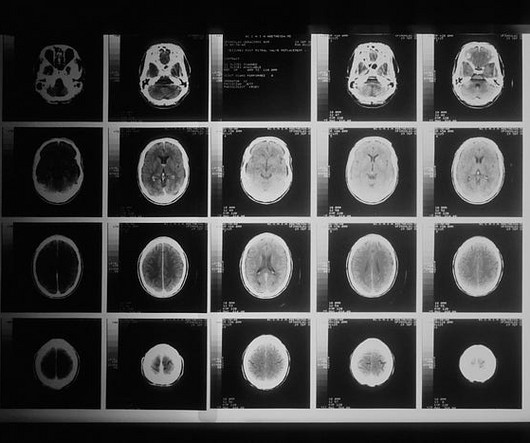
Towards AI
MAY 10, 2024
It introduces a novel approach that combines the power of stacking ensemble machine learning with sophisticated image feature extraction techniques. Stacking Ensemble Method An ensemble method is a machine learning technique that combines several base models to produce one optimal predictive model.
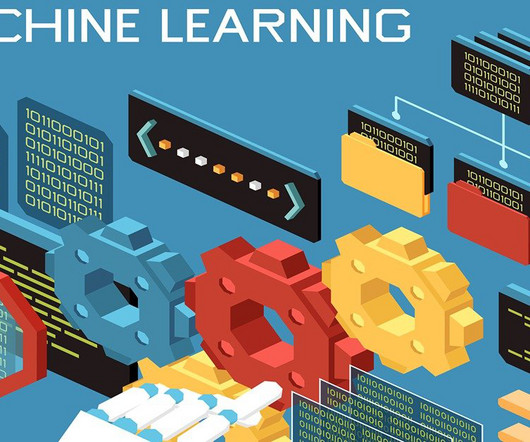
Pickl AI
AUGUST 28, 2024
It also includes practical implementation steps and discusses the future of classification in Machine Learning. Introduction Machine Learning has revolutionised the way we analyse and interpret data, enabling machines to learn from historical data and make predictions or decisions without explicit programming.

IBM Journey to AI blog
DECEMBER 19, 2023
In this blog we’ll go over how machine learning techniques, powered by artificial intelligence, are leveraged to detect anomalous behavior through three different anomaly detection methods: supervised anomaly detection, unsupervised anomaly detection and semi-supervised anomaly detection.
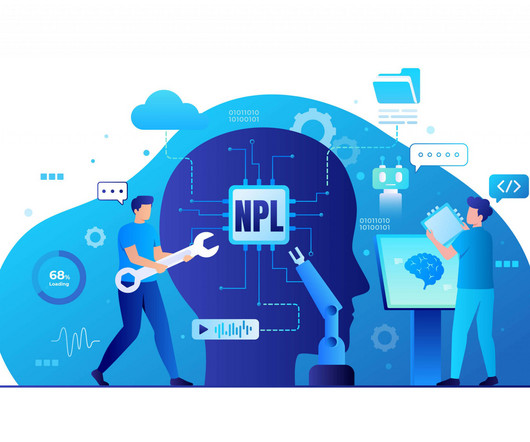
Pickl AI
JULY 31, 2023
Machine Learning has revolutionized various industries, from healthcare to finance, with its ability to uncover valuable insights from data. Among the different learning paradigms in Machine Learnin g, “Eager Learning” and “Lazy Learning” are two prominent approaches.
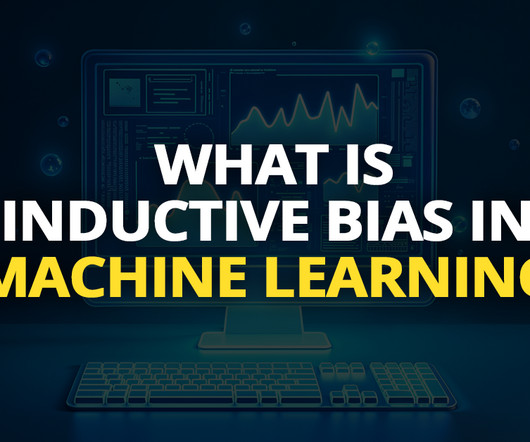
Pickl AI
DECEMBER 9, 2024
Summary: Inductive bias in Machine Learning refers to the assumptions guiding models in generalising from limited data. Introduction Understanding “What is Inductive Bias in Machine Learning?” ” is crucial for developing effective Machine Learning models.

Mlearning.ai
FEBRUARY 17, 2023
A complete explanation of the most widely practical and efficient field, that nowadays has an impact on every industry Photo by Thomas T on Unsplash Machine learning has become one of the most rapidly evolving and popular fields of technology in recent years. How is it actually looks in a real life process of ML investigation?
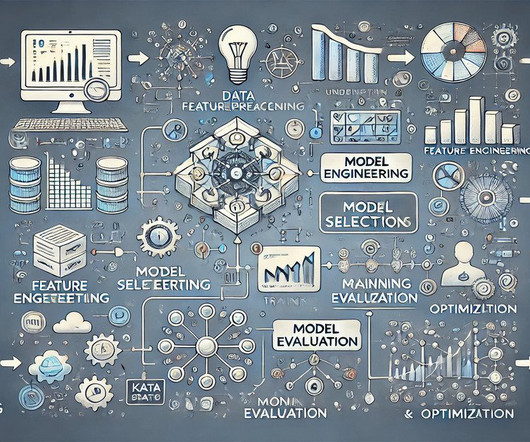
Pickl AI
NOVEMBER 18, 2024
Summary: The blog provides a comprehensive overview of Machine Learning Models, emphasising their significance in modern technology. It covers types of Machine Learning, key concepts, and essential steps for building effective models. The global Machine Learning market was valued at USD 35.80
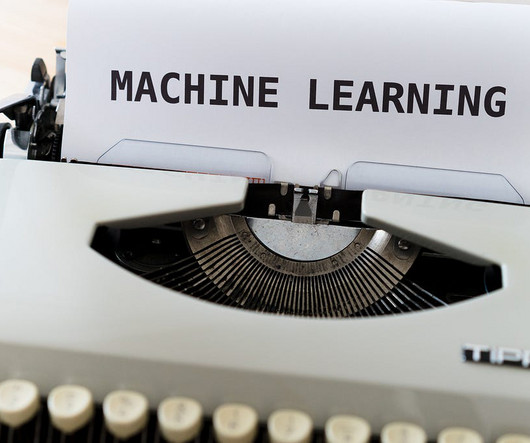
Mlearning.ai
APRIL 6, 2023
In this article, we will discuss some of the factors to consider while selecting a classification & Regression machine learning algorithm based on the characteristics of the data. In contrast, for datasets with low dimensionality, simpler algorithms such as Naive Bayes or K-Nearest Neighbors may be sufficient.

Dataconomy
APRIL 4, 2023
Artificial Intelligence (AI) models are the building blocks of modern machine learning algorithms that enable machines to learn and perform complex tasks. These models are designed to replicate the human brain’s cognitive functions, enabling them to perceive, reason, learn, and make decisions based on data.

Dataconomy
APRIL 4, 2023
Artificial Intelligence (AI) models are the building blocks of modern machine learning algorithms that enable machines to learn and perform complex tasks. These models are designed to replicate the human brain’s cognitive functions, enabling them to perceive, reason, learn, and make decisions based on data.
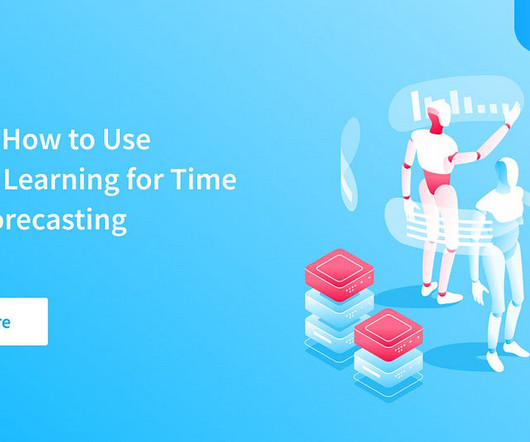
Mlearning.ai
NOVEMBER 29, 2023
How to Use Machine Learning (ML) for Time Series Forecasting — NIX United The modern market pace calls for a respective competitive edge. Data forecasting has come a long way since formidable data processing-boosting technologies such as machine learning were introduced. Some of them may even be deemed outdated by now.
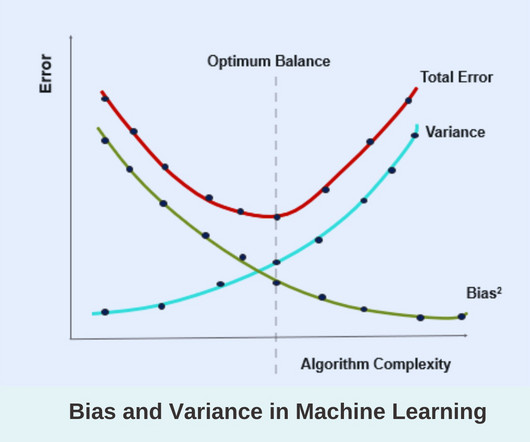
Pickl AI
JULY 26, 2023
The concepts of bias and variance in Machine Learning are two crucial aspects in the realm of statistical modelling and machine learning. Understanding these concepts is paramount for any data scientist, machine learning engineer, or researcher striving to build robust and accurate models.
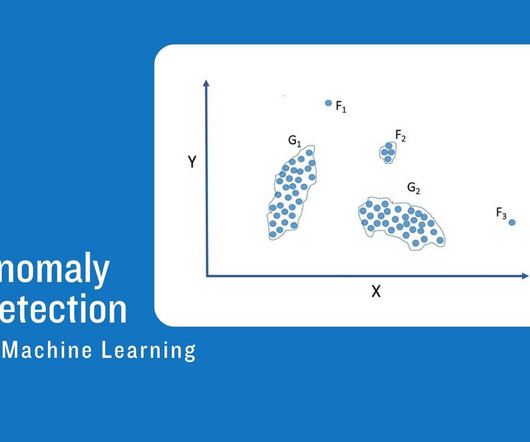
Pickl AI
SEPTEMBER 3, 2023
Introduction Anomaly detection is identified as one of the most common use cases in Machine Learning. The following blog will provide you a thorough evaluation on how Anomaly Detection Machine Learning works, emphasising on its types and techniques. Billion which is supposed to increase by 35.6% CAGR during 2022-2030.

Towards AI
JANUARY 26, 2024
Every type of machine learning and deep learning algorithm has a large number of hyperparameters. Moreover, note that the value of model parameters such as weights and biases change for every different choice of hyperparameters. What is hyperparameter tuning?

Towards AI
APRIL 14, 2023
The prediction is then done using a k-nearest neighbor method within the embedding space. Correctly predicting the tags of the questions is a very challenging problem as it involves the prediction of a large number of labels among several hundred thousand possible labels.

Towards AI
JULY 19, 2023
Check out the previous post to get a primer on the terms used) Outline Dealing with Class Imbalance Choosing a Machine Learning model Measures of Performance Data Preparation Stratified k-fold Cross-Validation Model Building Consolidating Results 1. among supervised models and k-nearest neighbors, DBSCAN, etc.,

Mlearning.ai
FEBRUARY 2, 2023
Text classification with a multi-arm bandit algorithm is a machine learning approach that can be used to optimize the performance of a text classifier over time. The choice of algorithm depends on the specific problem and the desired exploration-exploitation trade-off. Text classification using Multi-Armed Bandit.

ODSC - Open Data Science
JANUARY 5, 2024
What makes it popular is that it is used in a wide variety of fields, including data science, machine learning, and computational physics. Scikit-learn A machine learning powerhouse, Scikit-learn provides a vast collection of algorithms and tools, making it a go-to library for many data scientists.
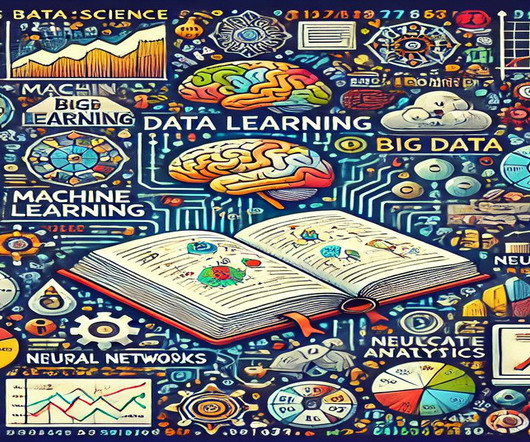
Pickl AI
SEPTEMBER 12, 2024
By understanding crucial concepts like Machine Learning, Data Mining, and Predictive Modelling, analysts can communicate effectively, collaborate with cross-functional teams, and make informed decisions that drive business success. Data Cleaning: Raw data often contains errors, inconsistencies, and missing values.
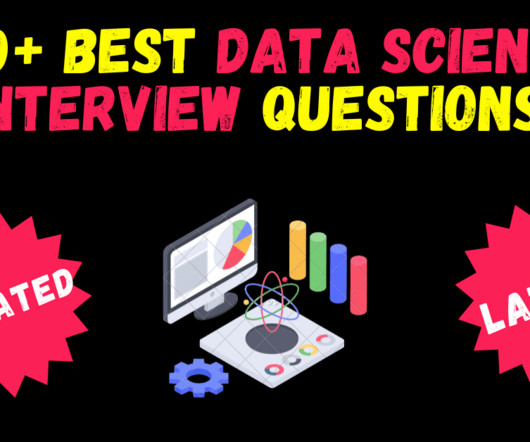
Mlearning.ai
MAY 23, 2023
An interdisciplinary field that constitutes various scientific processes, algorithms, tools, and machine learning techniques working to help find common patterns and gather sensible insights from the given raw input data using statistical and mathematical analysis is called Data Science. Decision trees are more prone to overfitting.

Mlearning.ai
FEBRUARY 15, 2023
Figure 1 Preprocessing Data preprocessing is an essential step in building a Machine Learning model. Some important things that were considered during these selections were: Random Forest : The ultimate feature importance in a Random forest is the average of all decision tree feature importance. Cambridge: MIT Press.

The MLOps Blog
DECEMBER 19, 2022
Classification is one of the most widely applied areas in Machine Learning. Traditional Machine Learning and Deep Learning methods are used to solve Multiclass Classification problems, but the model’s complexity increases as the number of classes increases. Creating the index.

Dataconomy
SEPTEMBER 1, 2023
Apart from many areas in our lives, hybrid machine learning techniques can help us with effective heart disease prediction. So how can the technology of our time, machine learning, be used to improve the quality and length of human life? According to the World Health Organization , heart disease takes an estimated 17.9

DagsHub
DECEMBER 23, 2024
Targeted Resource Allocation Traditional machine-learning approaches often require extensive data labeling, which can be costly and time-consuming. Active Learning significantly reduces these costs through strategic selection of data points. Traditional Active Learning has the following characteristics.

Dataconomy
MARCH 28, 2025
Machine learning algorithms represent a transformative leap in technology, fundamentally changing how data is analyzed and utilized across various industries. What are machine learning algorithms? Regression: Focuses on predicting continuous values, such as forecasting sales or estimating property prices.

Dataconomy
DECEMBER 12, 2024
These samples can provide a good basis for machine learning , which can determine (with some probability) the type of unknown files using a model built on the different distributions. Overfitting can occur when the model uses too many features, causing it to make decisions faster, for example, at the endpoints of decision trees.
Expert insights. Personalized for you.
We have resent the email to
Are you sure you want to cancel your subscriptions?


Let's personalize your content